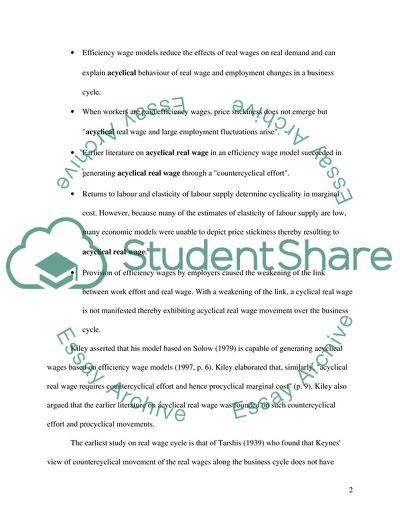Cite this document
(Real Wage and the Classical, Keynesian, and New Keynesian Perspectives Literature review, n.d.)
Real Wage and the Classical, Keynesian, and New Keynesian Perspectives Literature review. Retrieved from https://studentshare.org/macro-microeconomics/1731892-the-real-wage-cyclicality
Real Wage and the Classical, Keynesian, and New Keynesian Perspectives Literature review. Retrieved from https://studentshare.org/macro-microeconomics/1731892-the-real-wage-cyclicality
(Real Wage and the Classical, Keynesian, and New Keynesian Perspectives Literature Review)
Real Wage and the Classical, Keynesian, and New Keynesian Perspectives Literature Review. https://studentshare.org/macro-microeconomics/1731892-the-real-wage-cyclicality.
Real Wage and the Classical, Keynesian, and New Keynesian Perspectives Literature Review. https://studentshare.org/macro-microeconomics/1731892-the-real-wage-cyclicality.
“Real Wage and the Classical, Keynesian, and New Keynesian Perspectives Literature Review”. https://studentshare.org/macro-microeconomics/1731892-the-real-wage-cyclicality.


